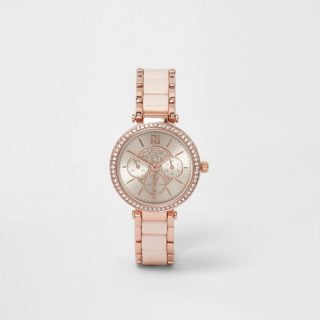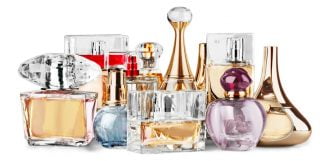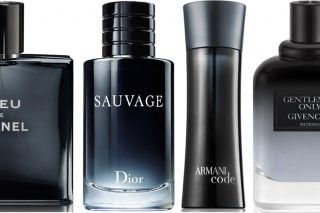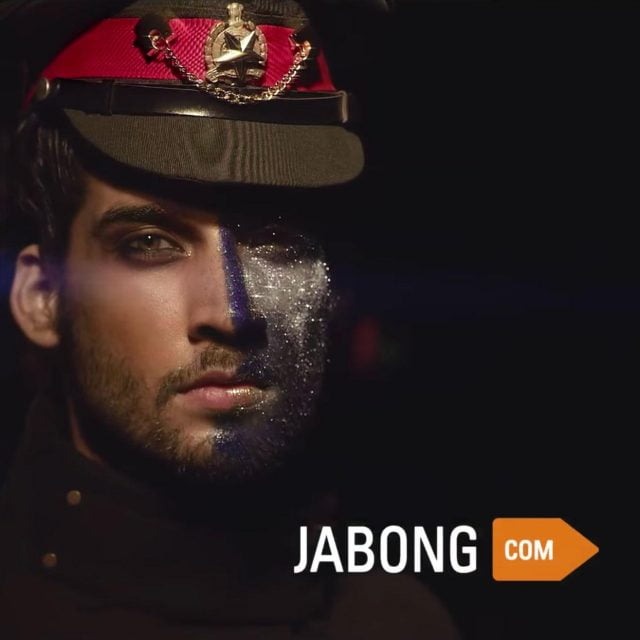Why is it that, when you walk into a store to buy toys for children, the first thing the shopkeeper asks you is whether it is for a boy or a girl? Why are baby clothes at birth pink for girls and blue for boys? Why is a perfume for women and cologne for men?
The answer to all these questions lies in the phrase “gendered socialization”. It seems rather a complex term on the face of it but essentially means that everything around us is gendered or differentiated for men and women.
Objects, remarks, advertisements in our everyday lives are all gendered. We don’t realize this passive gender divide as it has crept into our systems over the years via social conditioning.
Notions of what is “masculine” and what is “feminine” have been internalised by people and are now taken to be inherent differences in preference and appeal.
THE SCOOTY-BIKE PARADOX
Riding a scooty in India is predominantly seen as an all-girls activity. Since a scooty is smaller, lower and easier to maneuver than a bike, it is automatically granted a female audience.
The colours of these scooties, range from white, silver, pink and other pastel shades that more often than not, reinforce the stereotype. A scooty has a very “safe” personality.


On the other hand, motorbikes are seen to be a symbol of manhood. They represent risk, power, control, and dominance. An image of the ideal man is derived by associating him with a particular brand of bike.
A vivid example of this is the bike by Pulsar with its tagline “Definitely Male”.
BIG DIAL VS SMALL DIAL
Another everyday object that continually reinforces gender stereotypes in India, is the wristwatch. Watches for men, usually have bigger, thicker dials, and broad leather or metal straps.
Watches for women, on the other hand, have smaller dials, dainty straps and are often embossed with jewels.


This creates a polarity between the ‘dominant and assertive’ male characteristic against the ‘dainty and meek’ female characteristic as displayed through these watches.
Also Read: What Is The Difference Between Gender Neutrality And Gender Fluidity
“PERFUME IS FOR WOMEN AND COLOGNE IS FOR MEN”
Fragrances in India dates back to the Indus Valley Civilization when they were called “ittar”. They were common and used by people of both genders.
But the gendered segregation today, amongst fragrances is most baffling. “Female” perfumes have flowery, fruity fragrances that come in crystal or delicately shaped pink, white, purple bottles.


“Male colognes” have subdued scents that are more rustic and come in rugged, usually black not-so-decorated bottles.
This is a socially induced marketing gimmick to segregate male and female fragrance outreach to get greater profits.
COUNTERING THE STEREOTYPE IN MATERIAL CULTURE
Many parents today are breaking away from the Pink-Blue divide and are dressing their children in every colour there is. Subsequently, pink shirts for men are a big thing taken up by brands.
Brands like Jabong, H&M, Gucci have released advertisements recently that show gender fluidity and no restrictions on what who should wear.

Parents are providing their children with the freedom to play with all kinds of toys and gender-neutral spaces like playgrounds are the topmost preferences where slides, swings, and ladders are used by all alike.
Even in the fragrance industry, men and women are slowly moving towards unisex scents and fragrances that don’t establish a gender bias.
Sources: Mic Network In, Feminism In India, Scroll
Image Source: Google Images
You’d Also Like To Read:
In Pics: The Best Places To Hangout Around Lady Shri Ram College For Women





























